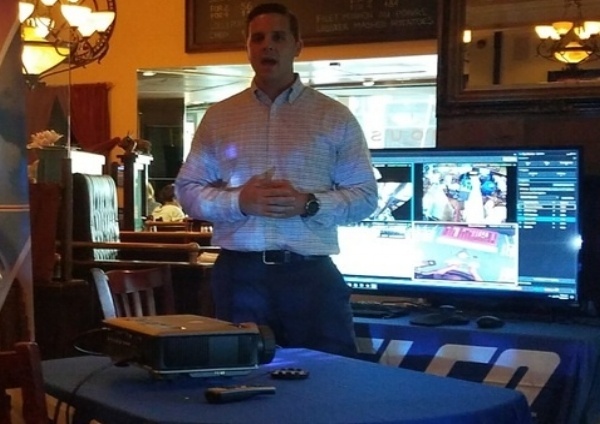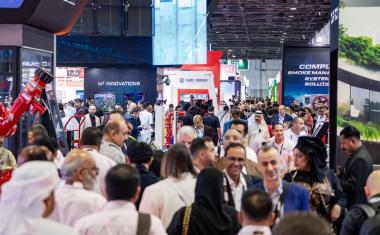There was a lot to talk about in the Big Apple, but one of the notable highlights from the roadshow was the discussion about the challenges of specific verticals. Here is an overview of the verticals addressed and the experts’ recommendations for how to best meet their surveillance needs.
Casino and Gaming
One of the biggest challenges for the gaming industry is up-time. Casinos are legally obligated to have surveillance up and running at all times. In fact, casinos can be fined for every minute their surveillance system isn’t capturing footage.
There is good reason for this. Security managers need to watch everyone – not only those who visit the casino but also dealers and employees. Theft at gaming tables and shrinkage at the bars are common problems that casinos face. When incidents do occur, it can often be time consuming and difficult to get the full picture of what happened. Our experts provided insight for integrators about how to solve these challenges.
Safe Cities
Cities and suburbs alike face significant obstacles to keeping citizens safe. One of the biggest challenges facing today’s safe cities is the ability to track vehicles and people. New York City has a particularly relevant use case for vehicle tracking as EZ-Pass becomes more prevalent on the toll roads.
In this example, the city needs to be able to track vehicles that go through a toll booth without an EZ-Pass; these drivers are fined by mail. This makes license plate recognition (LPR) an important capability for the city’s surveillance system. A camera with LPR could also catch speeders going down a highway or cars running a red light.
Especially in places like New York, safe cities need the ability to record video of multiple incidents at once without sacrificing image quality or storage space. Integrators at the roadshows learned about some of Pelco's newest strategies for solving these problems using analytics and the newly-released VideoXpert Pro VMS.
Airports and Seaports
Due to evolving terror threats and crime, airports and seaports are always dynamic environments. With large perimeters and numerous facilities that need to be monitored, the right technology plays a key role in protecting these areas.
Thousands of travelers and employees go through these points every day, making it important for users to have a single UI experience between their surveillance and access control systems. As our experts discussed, due to the size and scale of the typical solution for airports and seaports centralized management and administration is critical for sharing data safely and securely. This enables improved situational awareness and rapid response from the respective authorities.
Oil and Gas
Nearly every oil and gas facility falls under a Class 1, Division 2 location. If any of the following three situations exist, the location receives this classification as a hazardous area.
- Volatile flammable liquids or gases are used, but contained to closed containers or systems.
- Ignitable concentrations of gases or vapors prevented by positive mechanical ventilation, and which might become hazardous through failure.
- Adjacent to a Class 1, Division 1 location where ignitable concentrations of gases or vapors might be communicated unless it’s prevented by adequate positive-pressure ventilation.
In addition, oil and gas facilities fall under the Critical Infrastructure Protection regulations, meaning that the infrastructure is so vital to the U.S. that the incapacity or destruction would have a debilitating impact on security or national public safety.
Surveillance footage, specifically surrounding the perimeter of the facility, is crucial to upholding these regulations. Our experts pointed out that due to the corrosive environment of these facilities, it’s important to have a video surveillance system that can ensure the area is protected while withstanding harsh conditions.
After describing the challenges of the four verticals mentioned above, attendees experienced demos of Pelco's latest innovations and integrations – providing integrators with information to help educate end users.















